Active Range Of Motion (AROM) Exercises
Introduction
Active Range of Motion (AROM) exercises are a fundamental component of physical therapy and rehabilitation programs. They are designed to help individuals improve and maintain their joint mobility, muscle strength, and overall functional abilities. AROM exercises involve the active movement of joints through their full range of motion, performed by the individual without assistance.
These exercises are commonly prescribed for individuals who have experienced injuries, undergone surgeries or have conditions that limit their joint mobility. AROM exercises are also beneficial for individuals who want to enhance their overall physical fitness and prevent future injuries.
The primary goal of AROM exercises is to increase flexibility and restore or maintain normal joint function. By actively moving the joints, the exercises help to improve blood circulation, reduce stiffness, increase muscle strength, and enhance the flexibility of the muscles and tendons surrounding the joints.
AROM exercises can be performed for various joints in the body, including the shoulders, elbows, wrists, hips, knees, and ankles. The exercises are typically performed in a controlled manner, with the individual moving the joint through its full range of motion without causing pain or discomfort. The range of motion may be limited initially, depending on the individual’s condition, but it gradually improves with regular practice.
What is the range of motion(ROM)?
The range of motion that a joint is capable of is known as the range of motion (ROM), and it refers to the extent to which a physical component can move around a joint or fixed point. The joint range of motion is measured during passive ROM accessorial PROM or active ROM (independent) AROM.
ROM is usually estimated as part of a physical therapy evaluation or treatment. Normal values vary depending on the body part and individual differences.
Range of motion(ROM)- types
- Passive range of motion (PROM)
- Active-Assisted Range of Motion (AAROM)
- Active range of motion (AROM)
What is the Active Range of Motion (AROM)?
The ROM which is achieved when the contralateral muscles contract and relax and cause joint movement is known as active range of motion (AROM). For illustration, an active range of motion further allows elbow flexion needs contracting the biceps while relaxing the triceps. Active range of motion is commonly lesser than passive range of movement. It is usually performed by the patient when he or she can voluntarily coordinate contraction, control, and movement.
This is a space where you can use your muscles to move a part of your body. They work without outside help. For example, when you raise your arm above your head to stretch a muscle, do so within your active range of motion.
Active ROM occurs when you use your muscles to move parts of your body. You don’t need another person or device to help you move. For example, when bending the elbow, the biceps should be contracted (shortened) and the triceps should be relaxed at the same time. Active ROM measures your capability to do this yourself.
When you can move independently after an accident or surgery and with an ambition of little to no protection against future harm, you rely on active ROM. Strength training is a form of active ROM.
When you can move independently after an accident or surgery and desire little to no protection against future harm, you rely on active ROM. Strength training is a form of active ROM.
Features of Active Range of Motion Exercises
Active ROM exercises can be performed on all joints of the body including the neck, shoulders, elbows, wrists, fingers, hips, knees, ankles, and toes. This exercise can be done sitting or standing, depending on the joints used. Active ROM exercises can be incorporated as part of a regular exercise routine to preserve or improve collective joint mobility.
Range of motion exercises occurs in 3 planes:
- Saggital plane: It is a line that passes through the body from front to back and divides it into left and right parts.
- Frontal plane: This line passes through the body from side to side and divides it from side to side from front to back.
- Transverse plane: This plane is the horizontal line that divides the body into the upper and lower parts.
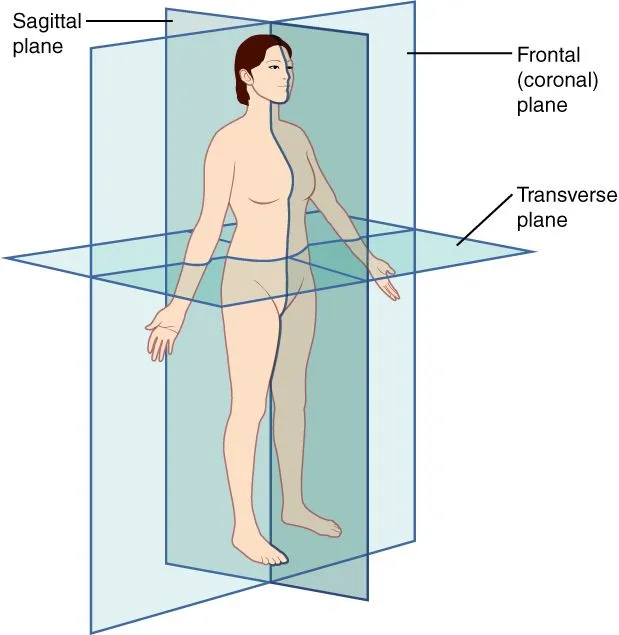
Difference between active and passive exercises
Active exercises:
- Active exercises are performed by the patient without any assistance
- The patient uses their muscles to move the joint through a full range of motion
- It can help to maintain or improve joint mobility, reduce muscle atrophy, improve balance and coordination, and reduce pain, swelling, and inflammation in the joints
- These exercises can be done in a seated or standing position depending on the joint being exercised
- It can be done as part of a regular exercise routine to maintain or improve joint mobility
Passive exercises:
- Passive exercises are performed by a therapist or healthcare provider
- The patient does not use their muscles to move the joint through a full range of motion
- The therapist or healthcare provider moves the joint through a full range of motion for the patient
- It can help to maintain or improve joint mobility, reduce muscle atrophy, improve circulation, and reduce pain, swelling, and inflammation in the joints
- They can be done in a seated or lying position depending on the joint being exercised.
- Passive exercises are done as part of a physical therapy program to help patients recover from an injury or surgery.
What should a person know about active range of motion training?
Do the exercises that your therapist has instructed you to do. Practice the exercises with your doctor before trying them yourself. Exercise daily or as constantly as directed by your doctor.
Do the exercises in a co-equal order each time. Go from head to toe to better remember the sequence of movements. Start by stretching your neck. Then train the other parts of your body in turn towards your feet. After doing each set of practices on one side, do the identical exercises on the different side. Move slowly, gently, and evenly. Avoid quick or jerky movements.
Stop if you feel pain. It is normal to feel discomfort at the start, but it is not painful. Regular exercise can help reduce discomfort over time.
Benefits of active exercises
- Improves blood circulation
- Reduces joint stiffness
- increases joint mobility
- Increases body flexibility
- Increases overall physical fitness
- Good posture
- Increases balance and coordination
- Reduces muscle tension
Risks of active exercises
The risks of active range of motion exercises are usually low, but it is important to perform the correctly to avoid injury. Some risks include overuse injuries, muscle strain, or joint pain due to trick movements. If you have any pre-existing injury then you must not overdo exercises. It is better to consult a physiotherapist or medical professional before building any exercise plan.
Contraindications of active range of motion exercises
- Inflammation or acute injuries
- Severe joint pain or instability
- Certain conditions such as arthritis or osteoporosis
- Any pre-existing injuries: These can lead to severe pain and worsen the condition
Active range of motion exercises examples
Neck exercises:
- Start position: You can sit or stand. Please face forward. Your shoulders have (to) be straight and relaxed.
- Tilt your head forward and backward: Lower your head slowly so further your chin touches your chest. Lift your chin again to the starting position. Tilt your head back as far as possible to look at the ceiling. Reach your head to the position where you started.
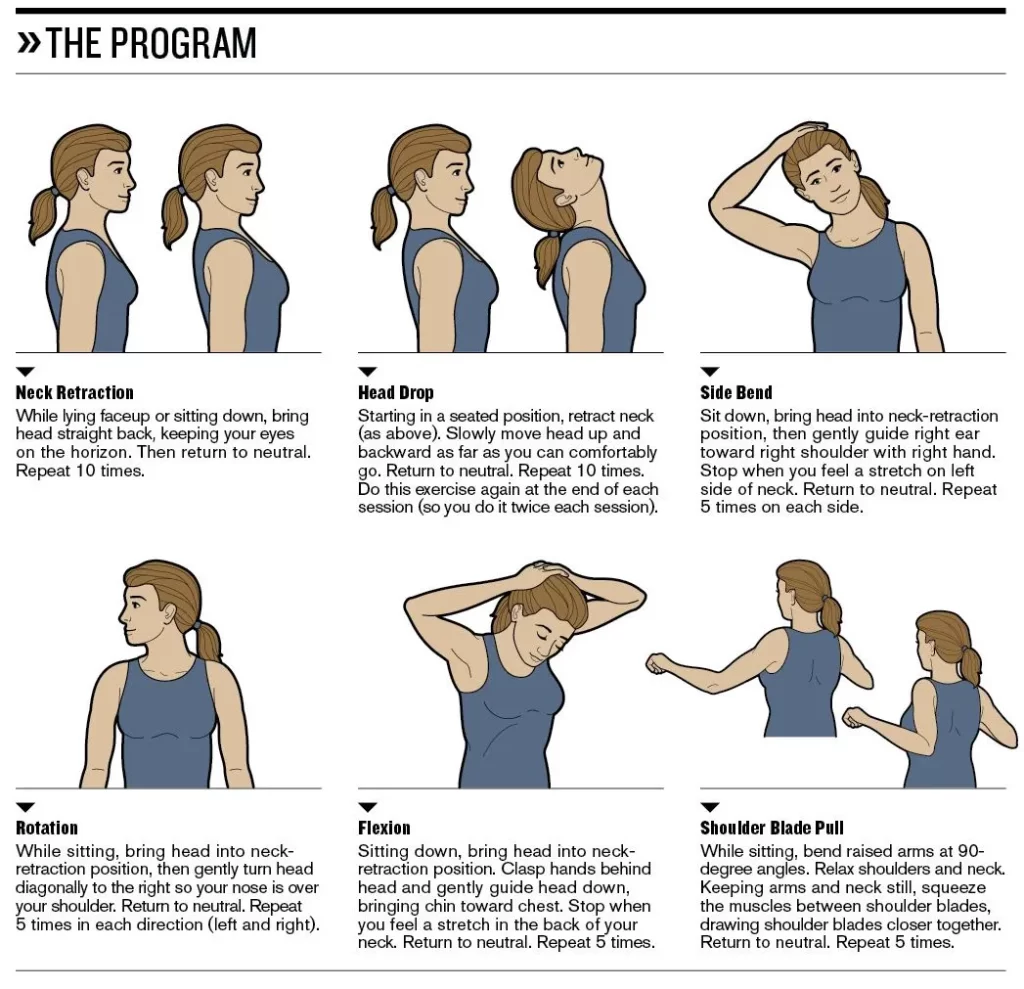
- Tilt your head left and right: Tilt your head to the side and bring your ears closer to your shoulders. Keep your shoulders away from your ears. Keep your shoulders steady. Again get your head to the starting position.
- Head rotation: Turn my head and look over your shoulder. Tilt your chin down so that it touches your shoulders. Do not raise your shoulders to your chin. Look ahead again.
Shoulder and elbow exercises
- Start position: Standing or sitting. Extend your arms straight down beside your body. Turn your palms toward the inside of your body. If you are sitting, it is best to use a chair without armrests.
- Shoulder movement, up and down: Raise your arms in front of you and then over your head. Try to lift the inside of your arm so that it touches your ear. Bring your arms back to your sides. Bring it back as far back as possible. Return to the starting position.

- Side-to-side shoulder movement: Raise your arms to your sides, then raise them as high above your head as possible. Bring your arms back to your sides. Place your arms in front of you and grab your opposite shoulder. Get back your arms to the starting position.
- Shoulder rotation: Rotate your shoulders such that they are raised towards your ears as if you were shrugging them. Lower to the starting position and relax your shoulders. Pull your shoulders back. Then loosen up again. Gently pivot your shoulders in a circular motion. Then slowly rotate your shoulders in a circular motion in the opposite direction.
- The elbow bends: Bend your elbows forward with your palms. Stretch to touch your shoulder with your fingertips. Get back your arms to the starting position.
Arm and wrist exercises
- Start position: sit down. Bend your elbows and place your forearms on a table, knee, or other flat surface. Make sure your wrists hang loosely to the sides.
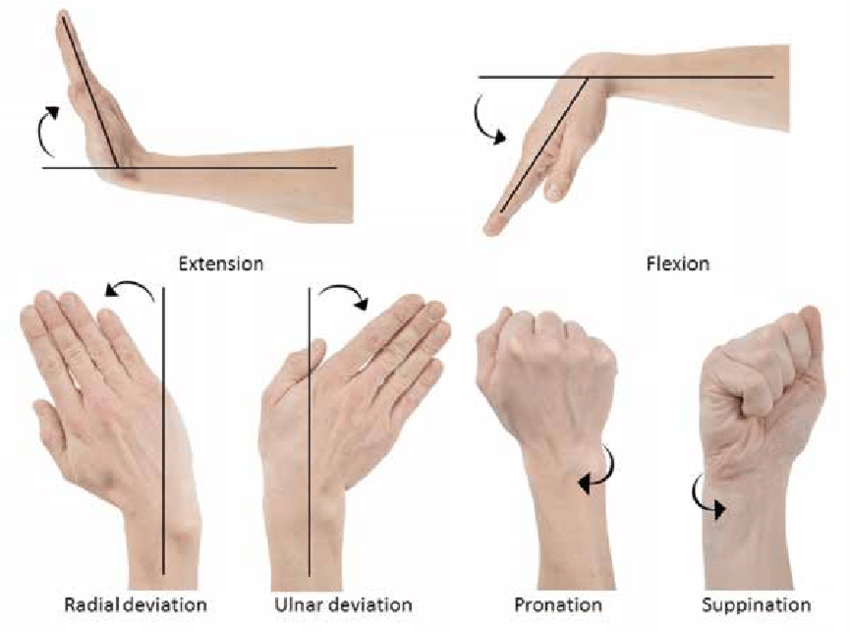
- Wrist bend: Bend your hand as far as your wrist thus, your fingers point toward the roof. Then bend your hands down so that your fingers point toward the floor.
- Wrist rotation: Wave your hands left and right. Then rotate your hand in a circular motion in one direction. Rotate your hands in a circular motion in the opposite direction.
- Palm up, palm down: Stay in the same position, but place your bent elbow at your side. Place your palms down. Hold your hands with the palms facing the ceiling. Extend your hand in front.
Hand and finger exercises
- Start position: Sitting or standing. Hand on the front or on table support.
- Finger bend: Squeeze your fist tightly. Then open your hands and relax.
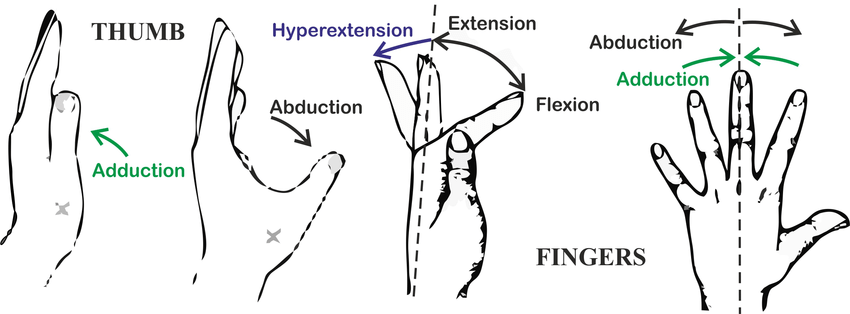
- Spread your fingers: Open your hands and spread your fingers as broadly as possible. Put your finger back.
- Finger and Thumb Touch: Touch the pads of your thumbs, one with each fingertip.
- Thumb-to-palm stretch: Move your thumb and place it on your palm. Move it sideways again.
Hip and Knee Exercises
- Start position: If anyone has had a hip injury or surgery, only perform hip exercises as directed by your doctor or therapist. Lie on the bed with your feet flat and straight.
- Hips and squats: Point your toes. Bend your knees slowly and bring them as close to your chest as achievable. Straighten your legs and return them to a neutral position on the bed.
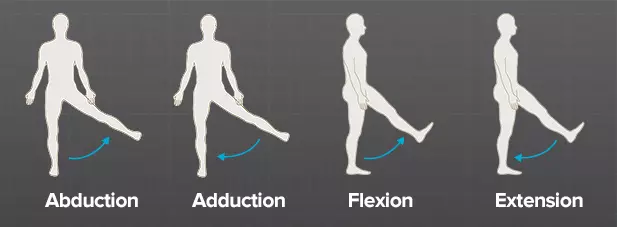
- Lift leg: Raise your legs so your feet are 6 to 12 inches above the bed. Hold it in the air considering a few seconds. Put your feet back on the bed.
- Side-to-side leg movement: Bend your legs so that your toes point toward the ceiling. Move your leg as far to the side as possible. Return your feet to the middle.
- Inward and outward rotation of the leg: Place your feet flat on the bed. Rotate your feet toward the center so that your big toes touch the bed. Next, spread your feet so that your littlest toes touch the bed.
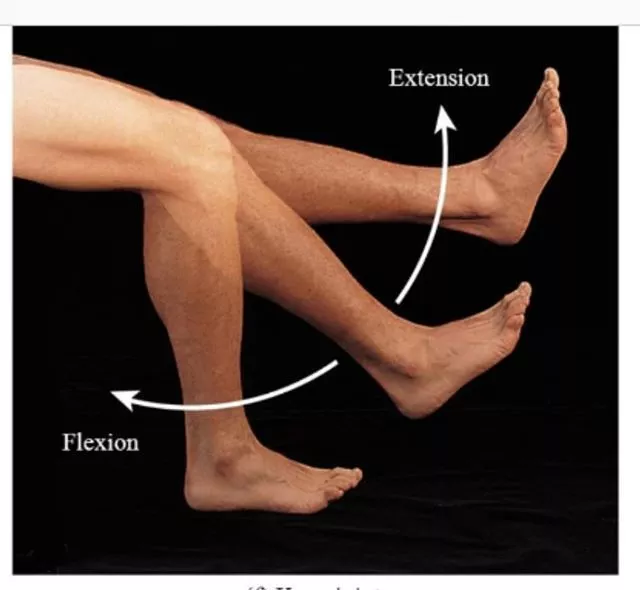
- Bend the knee inward and outward: Lie on your back in bed. Your feet should be flat on the mattress while you crouch with your knees flexed. Press your heels toward your buttocks. Put your feet back in the initial position.
Ankle and foot exercises:
- Start position: Your feet should be flat on the ground while you sit in a chair.
- Ankle bend: While keeping your toes on the ground, lift your heels as high as you can. Lower your heels. Then lift your toes as high as possible while keeping your heels on the floor.
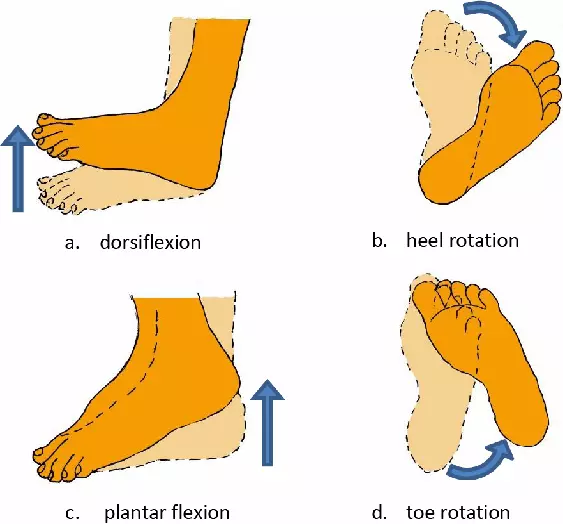
- Ankle rotation: Lift your feet slightly off the ground. Rotate your ankle in a circular motion. Then rotate your ankle in a circular motion in the opposite direction.
- Bending toes: Your toes should point down towards the sole of your foot. Straighten them out. Roll up to the ceiling. Then unbend again.
- Toe spread: Spread your toes. Put them back.
Summary
In summary, active exercises are performed by the patient without any assistance and help in increasing range. The above articles show a detailed explanation of the active range of motion exercises with their examples. Both types of exercises can help to maintain or improve joint mobility, reduce muscle atrophy, improve circulation, and reduce pain, swelling, and inflammation in the joints.
FAQs
What is the active range of motion exercises?
Exercises for active range of motion are carried out exclusively by the patient, who moves the joint unassisted. Treatment aims to provide the patient with the ability to exercise independently, even though these activities might not be achievable at the beginning of physical therapy.
What is Active and Passive Range of Motion Training?
As an example, stretching your muscles by lifting your arms over your head occurs within your active range of motion. Passive motion (PROM). When someone or anything is moving your body, like a physical therapist or massage therapist, this is the area in which the movement can occur.
What are the benefits of Arom exercises?
Active range of motion training helps:
Increases flexibility of joints, muscles, and supporting tissues. Reduce pain and numbness. Prevents muscle wasting and contractures. Produces more synovial fluid to keep tendons flexible and cartilage healthy.
Which three kinds of range of motion are there?
Three basic types of range of motion:
Passive, active, and active are defined by whether and how the patient can freely move the joint.
What is the purpose of AROM?
The purpose of AROM is to identify possible symptoms such as pain and determine their location, quality, and intensity. Additionally, as we see how freely a patient can move in a particular joint, we can look for compensatory strategies to achieve that movement.

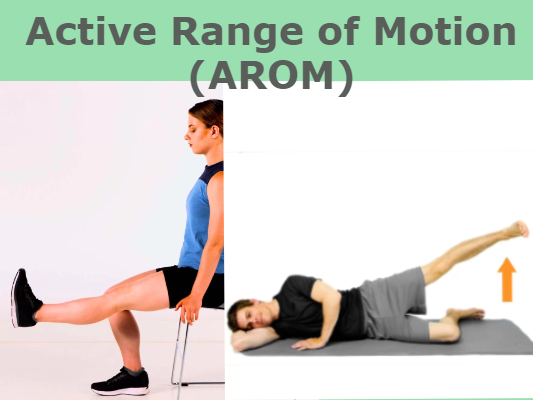
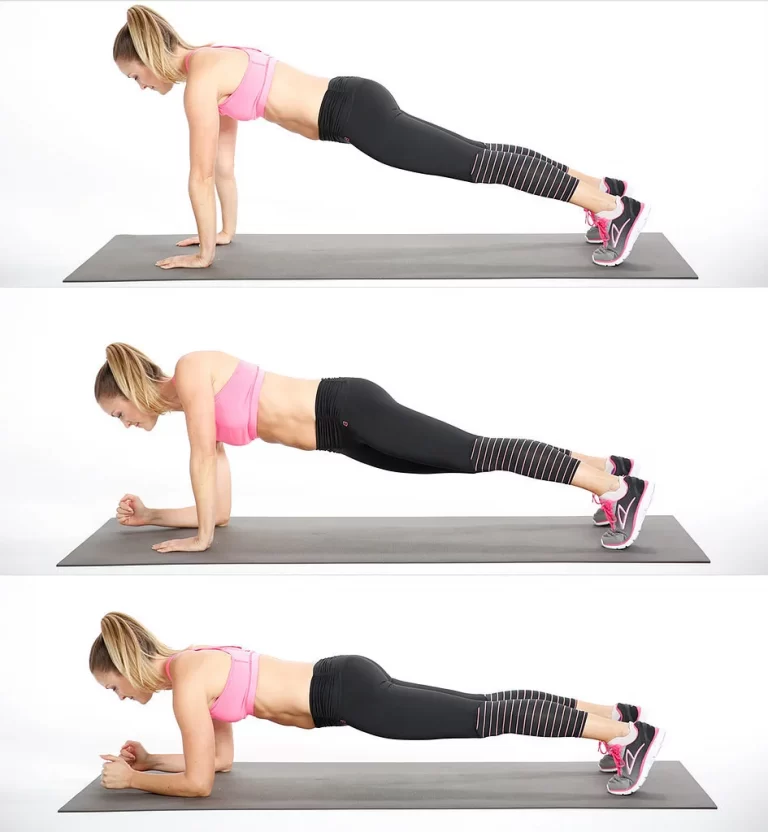
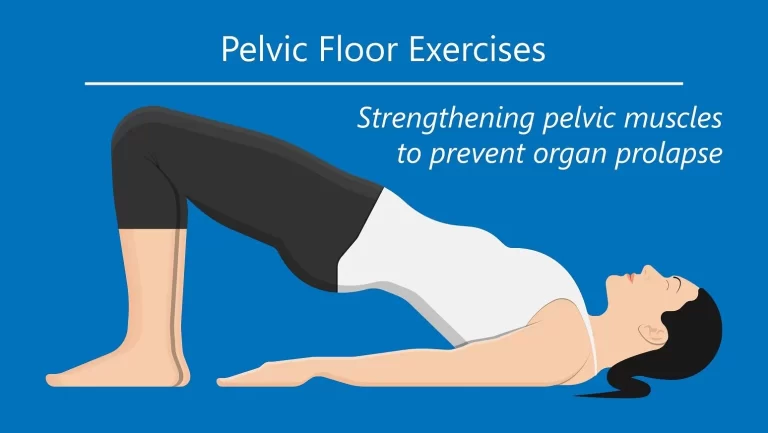
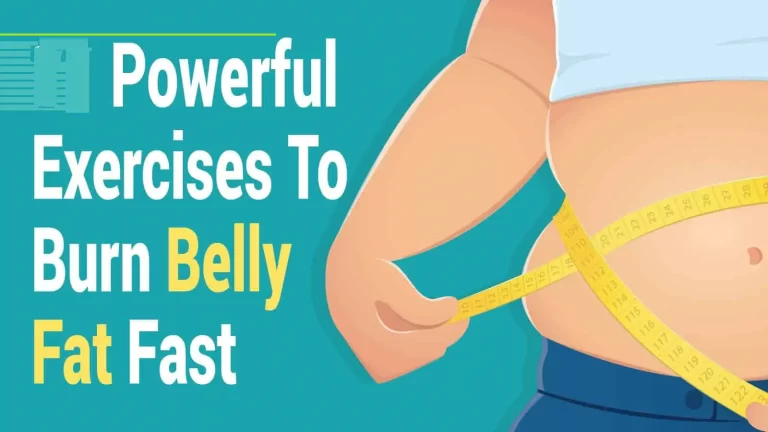

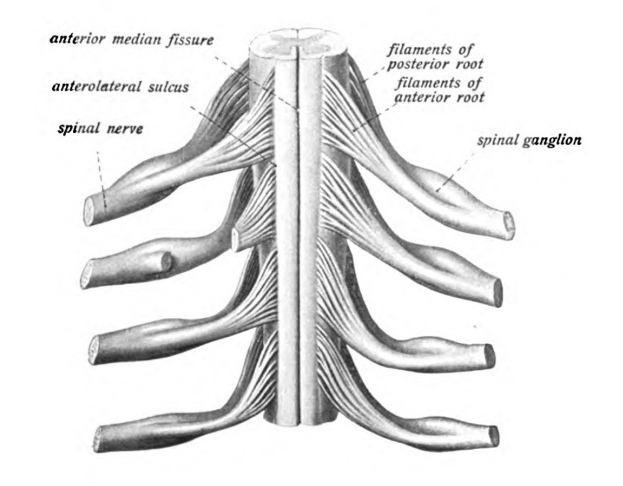
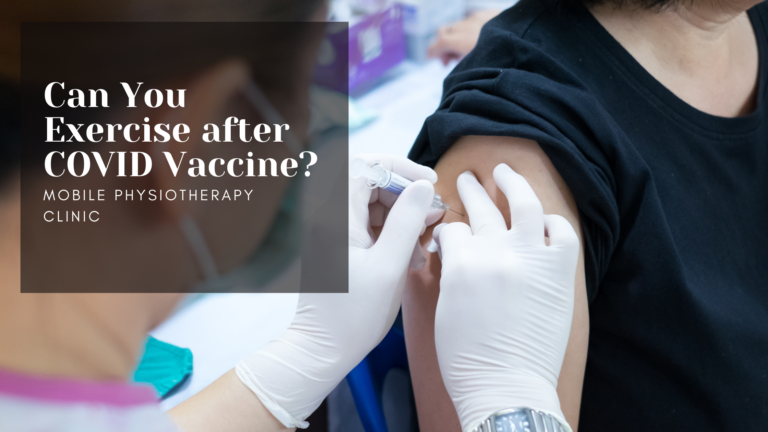
One Comment